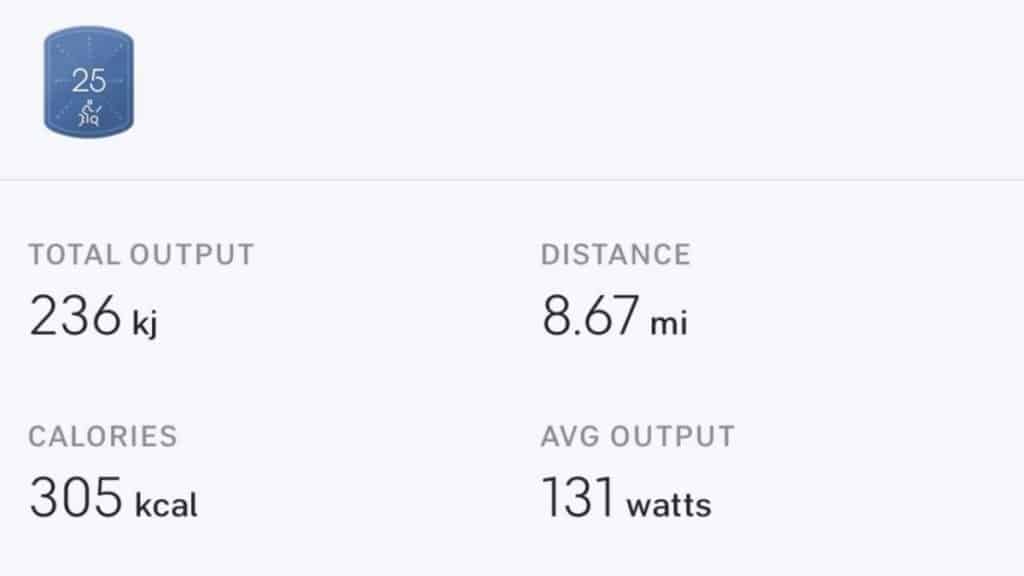
Buying a Peloton bike has to be one of the best investments you will make and will help you lose weight, become fitter and reduce stress. Peloton has invested millions of dollars into becoming the most profitable home fitness provider globally, and they are crushing it against their competitor.
But with all this innovation into amazing spin bikes and treadmills, are they investing in the technology? How accurate is the data you receive after each session? How exactly does Peloton calculate your calories output? And most importantly, is it accurate?
A Peloton bike estimates your calories by using a formula that calculates your average output in kilojoules, average cadence, resistance and overall speed determined by your age, sex, height and weight. For more precise calorie input, a heart rate reading is required.
Table of Contents
How Do Peloton Bikes Calculate Calories
Pelotons’ method of calculating calories burned is pretty straightforward, yet it’s also unique. Unlike most indoor spin bikes, it doesn’t directly measure your energy expenditure via a power meter. Instead, you’ll get a general calorie estimate based on a lot more data that you provide Peloton before you begin your workout.
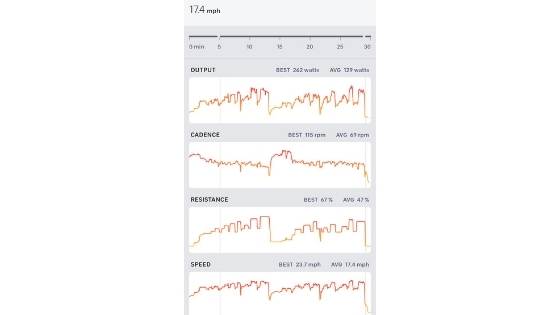
This system is called the “power curve.” It was developed by Dr. Edward Coyle, a professor at the University of Texas and an expert in cycling performance. The power curve calculates your power, in wattage, throughout your ride. It then estimates how many calories you’ve burned based on your weight, heart rate and height.
This system is more accurate than simply estimating calories burned based on heart rate alone. That’s because your heart rate can be affected by several factors, such as sleep, overtraining, calorie intake and hundreds of smaller changes in your body. On the other hand, power output is a more consistent metric that can give you a better estimate of how many calories you’ve burned.
Meaning for every 4184 joules of energy you output on your Peloton bike, you burn 1 kilocalorie. For example, if you are riding your Peloton at a speed of 20 km/hour and weigh 70 kg, the calculation would be: 70 kg x 20 km/hour = 1400 kcal/hour ÷ 1000 = 1.4 kcal/minute. Check out this article if you want to know how long you need to ride to lose weight.
That said, the power curve isn’t perfect. It can be affected by things like your age and sex, as well as the intensity of your ride. So if you’re looking for exact reading of how many calories you’ve burned, a Peloton will only provide you with an estimate, but it’s pretty close at getting it right.
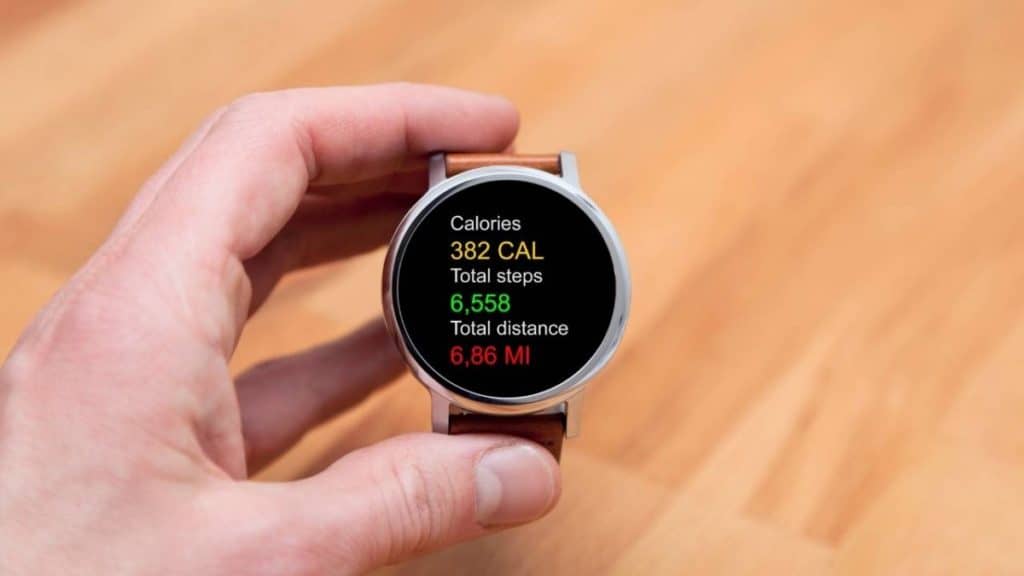
Are peloton bikes calorie calculators accurate?
On average, a Peloton will accurately calculate calories burned within 70-85% accuracy, providing your regularly update Peloton with your age, weight, height and sex. Furthermore, if you wear a heart rate monitor, the accuracy could increase to 80-90%.
Before you start using your Peloton bike, it’s essential to download the app or input your information onto the peloton home screen under your personal information. If you do not provide Peloton with your age, sex, height and weight, it will estimate your calories burned by utilising an average.
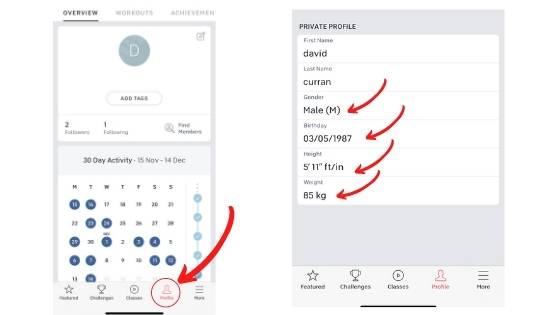
This average can mean that the accuracy drops to around 60% or less because the bike doesn’t have these vital details. However, once you enter these details, the accuracy increases to about 70 to 80%, and if you can wear a heart rate monitor, this expands further to approximately 90% accuracy.
Unfortunately, no exercise equipment, regardless of how expensive they are, will provide you with 100% accuracy on calories burned because you need more scientific equipment to offer you this data, such as VO2 monitors, heart monitors, metabolic output, and so much more.
Even though Peloton doesn’t show you 100% accuracy in calorie expenditure, it is very consistent in providing you with the information you need to progress and lose weight. Therefore, if you are using your Peloton bike and continually update your information as you lose or gain weight, then the calorie calculator always provides you with enough details, so you know you’re moving in the right direction for weight loss and fat burning.
🚴♀️ Did you know that having the wrong seat height can impact your performance by 20%. Here’s the exact Peloton seat height you need for your height to skyrocket your Peloton results.
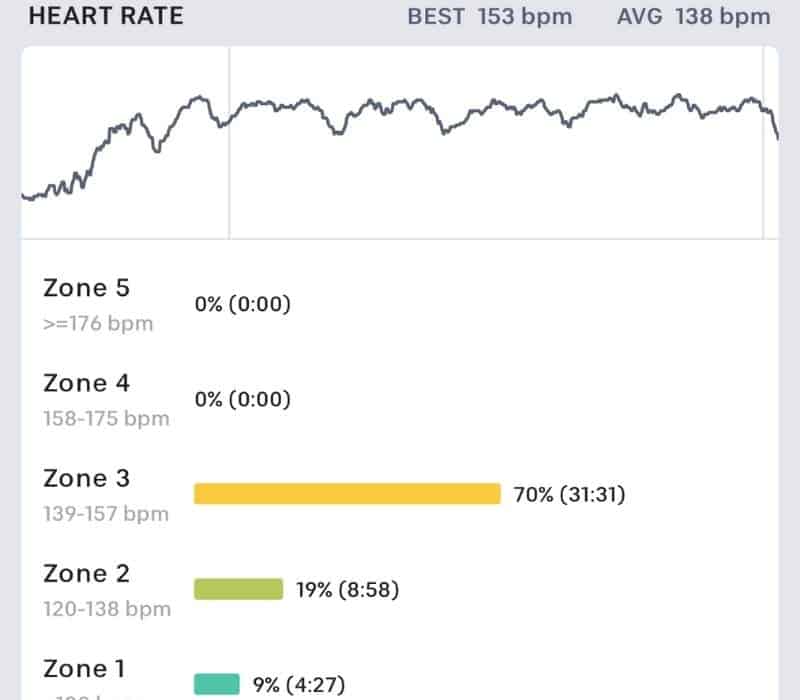
My Top Must Buy Peloton Accessories
[amazon box=”B08P54PHHH,B096PFHGP4,B08VDWHPS5,B08N88H7T4″ template=”list”]
Does A Peloton Bike Have A In-built Heart Rate Monitor?
None of the Peloton bike versions currently come with an inbuilt heart rate monitor. However, you can use a chest strap heart rate monitor to track your heart while you ride. This will provide a more accurate reading of how many calories you are burning.
You have several options to track your heart rate during your spin bike session with Peloton. The easiest way to track your heart rate is to buy a chest strap heart rate monitor (check out the exact monitor I use on Amazon) and use Bluetooth to sync the monitor to the Peloton bike.
[amazon box=”B07PM565W2,B0881B7C42,B0916WDTZD” grid=”3″]
The next option is to use your fitness watch like the Apple iwatch to track your heart rate. Peloton syncs with the health app, making it more accurate at calculating calories and energy output. However, I find the watch heart rate monitor isn’t as accurate as the chest strap, and I notice it loses tracking the more I sweat. Therefore, if you can afford to buy a cheat strap, you will see it has better tracking and gives more accurate data.
Conclusion
Peloton bikes have a lot of information on them, but one thing they don’t tell you is exactly how many calories you’ve burned. This may seem like an oversight for such expensive equipment, but the truth is that there’s no way to be 100% accurate in this calculation—unless you’re wearing a heart rate monitor and provide your user profile details (age, weight, height).
The best estimate these machines can give us is somewhere between 70% and 90%. If it’s essential to know precisely how many calories we burn when using our Peloton bike, we should probably invest in a good heart rate monitor? Why not go read this article about calculating calorie output with wearable technology if it interests you!



